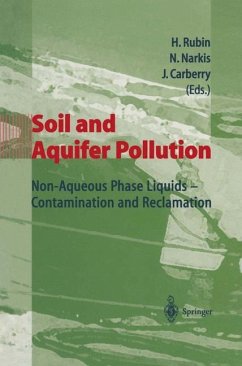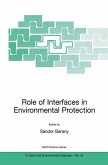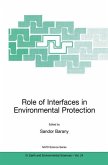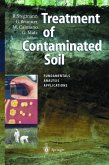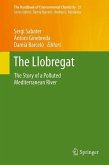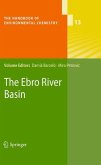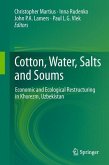The Water Research Institute at the Technion (Israel Institute of Technology) is proud to have initiated and sponsored the International Workshop "Soil and Aquifer Pollution: Non-Aqueous Phase Liquids - Contamination and Recla- tion", held May 13th-15th, 1996, on the Technion campus in Haifa. Groundwater contamination is one of the pressing issues facing Israel and other countries which depend on groundwater for water supply. In Israel, 60% of the water supply comes from groundwater, most of it from two large aquifers. The Coastal Aquifer underlies the area where the largest concentration of human activity already takes place, and where much of future development is expected to occur. It is a phreatic sandstone aquifer, vulnerable to pollution from activities at the surface. The Mountain Aquifer is recharged in the higher terrain to the east, and flows, first in a phreatic zone, then confined, westward and underneath the Coastal Aquifer. This limestone aquifer has higher permeabilities and flow velo- ties, so pollution can reach the groundwater quite readily. Smaller local aquifers are also important components in the national water system. While measures are taken to protect these aquifers from pollution, there are locations where contamination has already occurred. Furthermore, accidental pollution may not be totally avoided in the future. Therefore, understanding the processes of groundwater contamination, recommending the proper measures for preventing it, and determining the best means for reclamation once pollution has occurred, are of great practical importance. Non-aqueous phase liquids (NAPLs) are among the most significant contaminants.

